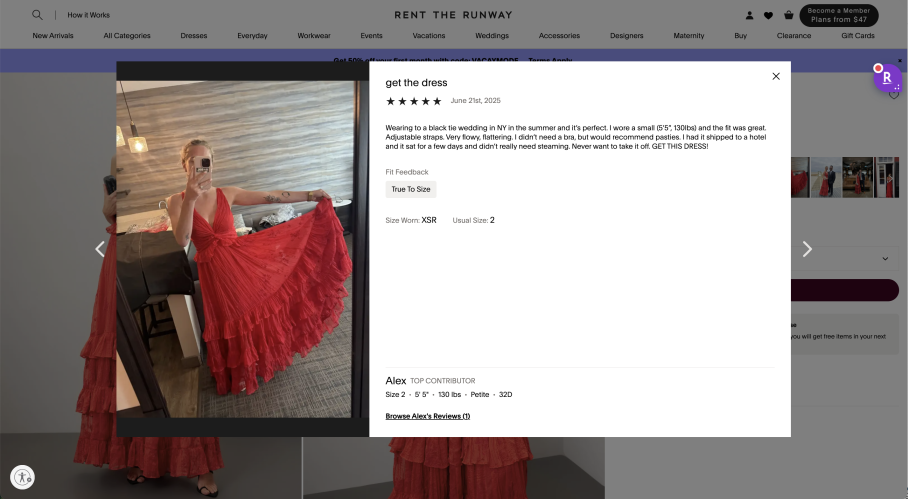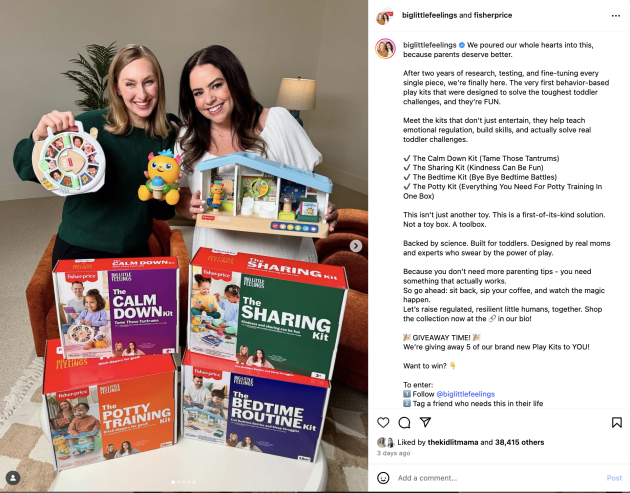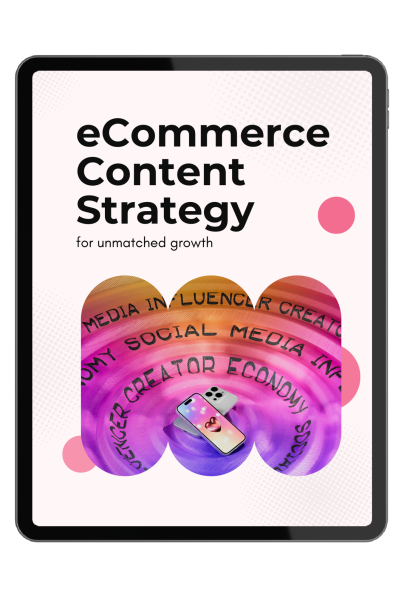Discover the content marketing trends shaping 2025. From AI-driven strategies to hyper-targeted campaigns, these trends are redefining the industry. Through imaginative storytelling, marketers can bring a brand to life and build customer relationships and trust, leading to conversions and loyalty.
Our guide will show you the top 10 content marketing trends every savvy marketer needs to employ this year. Follow these content marketing trends to stay one step ahead …









